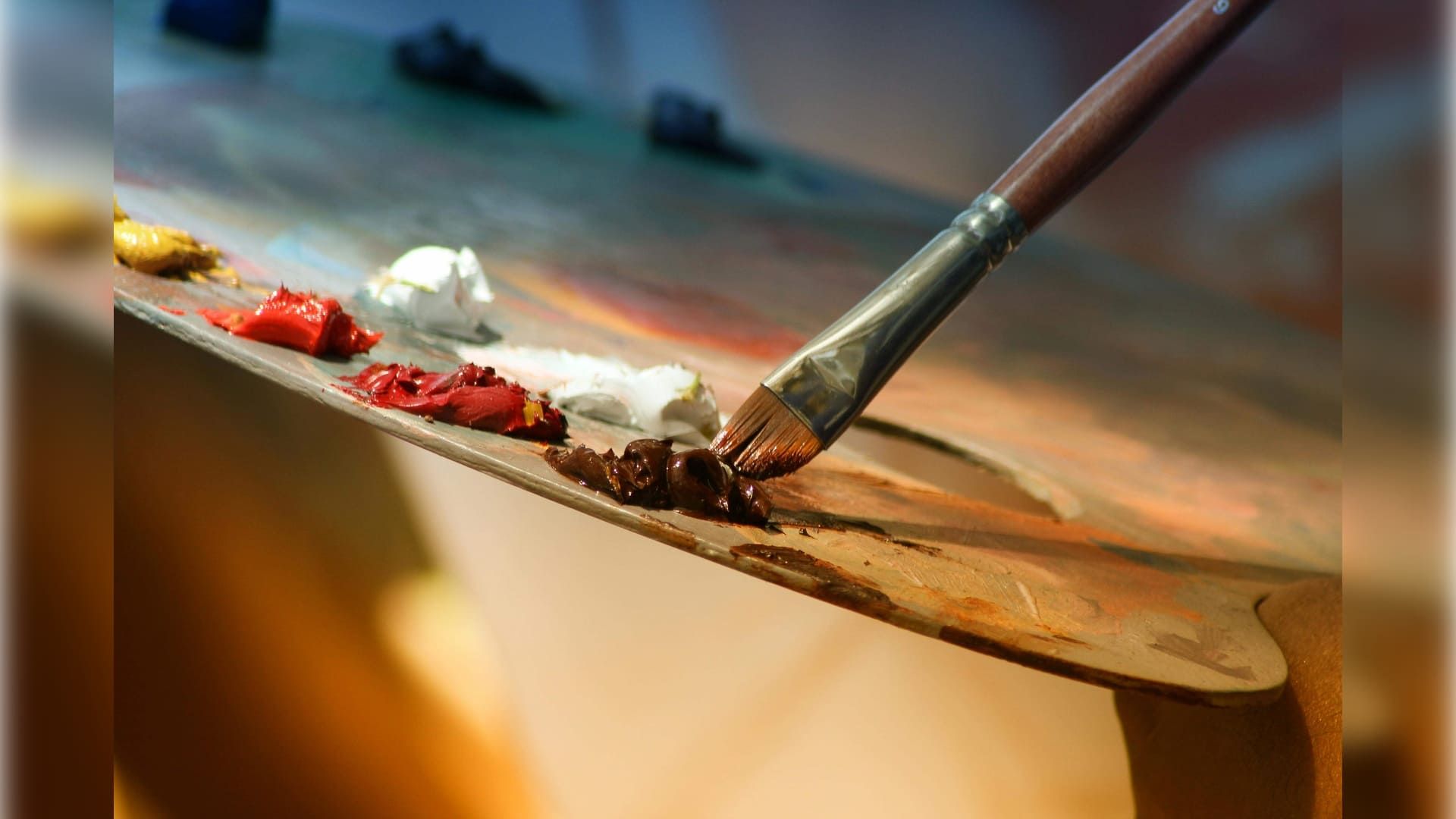How Art Helps Mental Health: Boost Your Well-Being Through Creativity

Sarah Johnson, MD

Are you feeling stressed, anxious, or down? You are not the only one. Every day, a lot of people have to deal with these problems. Have you ever thought about how can art help with mental health or how does art help with mental health? Yes, research says so.
Art and art therapy are strong, evidence-based ways to help people feel better emotionally. They give people a creative way to relax and clear their minds, which is a key part of understanding how art helps mental health. Art and art therapy are powerful, evidence-based methods for healing through art, offering a creative outlet to relax and quiet the mind. Whether you're painting, coloring, or even doodling, you are exploring how art can help mental health. For more personalized support, you can also explore speaking with an AI Mental Health.
better with Soula

Support for every woman:
✅ A Personalized Plan to reduce anxiety and overthinking
✅ 24/7 Emotional Support whenever you need it Cycle-Aligned Mental Health Tracking — monitor your mood and symptoms in sync with your period
✅ Real-Time Insights into your energy levels and emotional state
✅ Bite-Sized Exercises to help you return to a calm, balanced state — anytime, anywhere
How Art Benefits Mental Health
Emotional Benefits
- Art helps people relax and focus by giving them a way to let go of their worries and stress, which is a core part of how can art helps mental health.
- It boosts mood and self-esteem by letting you do creative things.
- It helps you say things that are difficult to pronounce, which combines art and emotional healing.
Creative routines can also nurture gratitude — noticing small joys and colors in everyday life. Practicing gratitude and creative expression together deepens your sense of fulfillment and makes artistic activities even more restorative.
Cognitive Benefits
- Making art as self-care helps you focus and concentrate, bringing you into the present moment, which is a key example of how art helps mental health.
- By using your brain in new ways, it gets your creative juices flowing and helps you solve problems.
Because art stimulates dopamine — the brain’s feel-good chemical — it naturally lifts mood. You can think of it as art as a natural mood booster that promotes relaxation and focus without external stimulants.
- This mindful practice is a powerful way how art can help mental health by making you feel more present and less likely to ruminate.
Social Benefits
Group art activities reduce feelings of isolation by creating community, which is a powerful example of how does art help mental health. Collaborating on creative projects builds empathy and teamwork, strengthening social bonds in a safe setting—a core principle of expressive arts therapy that clearly demonstrates how does art benefit mental health.
Different Ways to Use Art for Mental Health
You don't have to be an artist to get something out of it. Give it a shot:
- Using painting for relaxation, drawing, or sketching to express feelings.
- Adult coloring books for structured, calming relaxation.
- Writing in a journal with artistic prompts to see your thoughts.
- Sculpting or modeling with clay can help you feel grounded and connected.
- Group art therapy sessions to get to know other people.
For those exploring different ways to relax, you can combine creative expression with premium stress relief methods like guided breathing, stretching, or mindfulness-based relaxation. Together, they amplify the calming effects of art and improve emotional balance.
Art Therapy vs. Traditional Talk Therapy
When it comes to mental health support, many people automatically think of traditional talk therapy — and for good reason. Cognitive behavioral therapy (CBT), psychodynamic therapy, and similar methods have decades of clinical backing. But how does art therapy compare?
Here’s a quick breakdown:
| Aspect | Art Therapy | Talk Therapy |
|---|---|---|
| Modality | Non-verbal, image-based | Verbal, language-based |
| Ideal For | People with trauma, social anxiety, or communication challenges | Those comfortable discussing emotions openly |
| Tools Used | Paint, clay, drawing, collage, journaling | Conversation, worksheets, reflective questions |
| Goal | Emotional release, insight through creative process | Behavior change, emotional insight via dialogue |
| Science-backed? | Yes, growing evidence base (esp. in trauma and stress care) | Yes, with extensive clinical research support |
Art therapy is often used alongside talk therapy, not as a replacement. In fact, integrating both can deepen results — a technique known as integrative therapy.
For example, someone who struggles to express grief verbally might first paint what they feel. This can help unlock subconscious emotions, which they later process with a licensed therapist in conversation.
Ultimately, both methods aim for mental clarity, emotional resilience, and healing, but the path differs.
Practical Tips to Incorporate Art into Your Mental Health Routine
- Start with 10 to 15 minutes a day.
- Don't worry about the end result; focus on the process.
- To relax more, combine art for anxiety relief with deep breathing or calming music.
- Write down your thoughts and progress in an art journal.
If you’re already practicing relaxation, try pairing your creative sessions with other premium stress relief methods — like aromatherapy or gentle yoga — to help the body fully unwind after long days.
FAQ: Art and Mental Health
Can art therapy help everyone?
Yes. You don't need to be good at art; it's about expressing yourself, not being good at it.
How often should I engage in art for mental health?
Even short sessions every day (10–20 minutes) can make a big difference.
Do I need a professional art therapist?
Self-guided art is also good for mental health, even though professionals can make the experience even better.
Can art replace other mental health strategies?
How does art therapy help with anxiety or depression?
Art therapy helps people manage anxiety and depression by activating creative flow and reducing rumination. It lowers cortisol levels, increases dopamine, and provides a safe space to process emotions visually instead of verbally.
What happens in the brain during art therapy?
Creating art stimulates the brain’s reward and relaxation systems. It activates areas linked to emotion regulation, memory, and motivation — improving mood and resilience over time.
Is art therapy supported by research?
Yes. Studies show that structured art therapy sessions can reduce symptoms of stress, trauma, and anxiety by combining mindfulness and creative expression. It’s increasingly used in mental health care settings worldwide.
It works best when used with therapy, exercise, mindfulness, and other ways to take care of yourself.
Art is a simple and powerful tool for well-being, clearly demonstrating how does art help with mental health. You don't need talent or expensive supplies; you only need curiosity and a willingness to try. Experiment with different materials like paints, clay, or journals to find what you enjoy.
Remember that small, regular creative habits are a key part of how art helps with mental health, building emotional resilience over time. A single mark on a page can be your first step toward better well-being, answering the question of how art help mental health through direct, personal experience.














